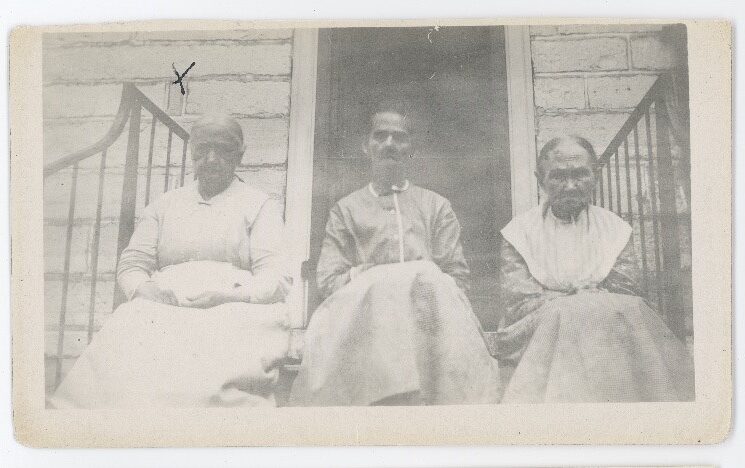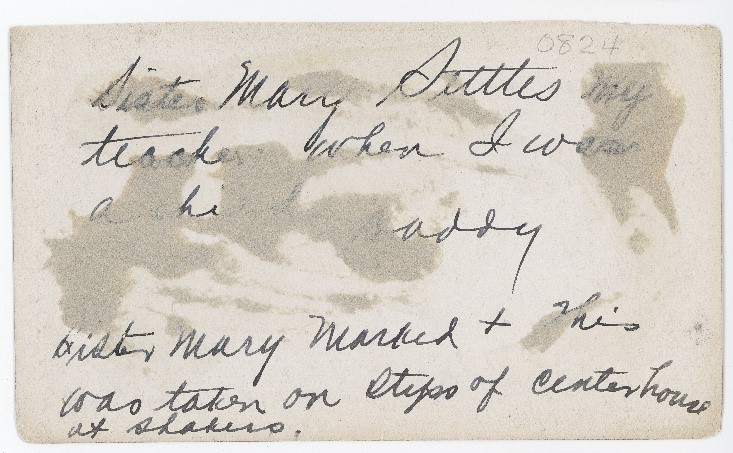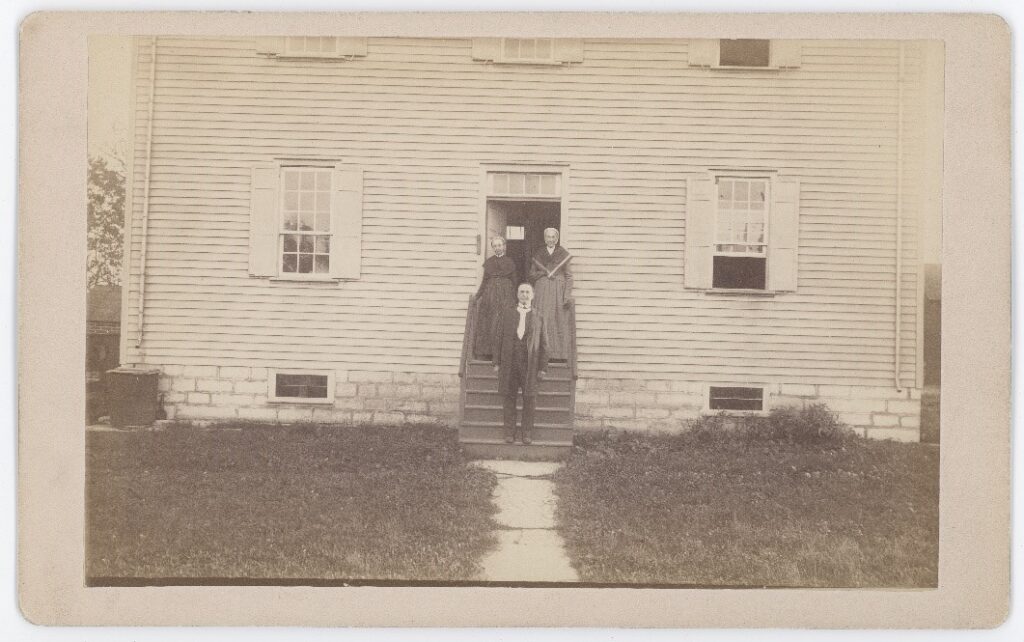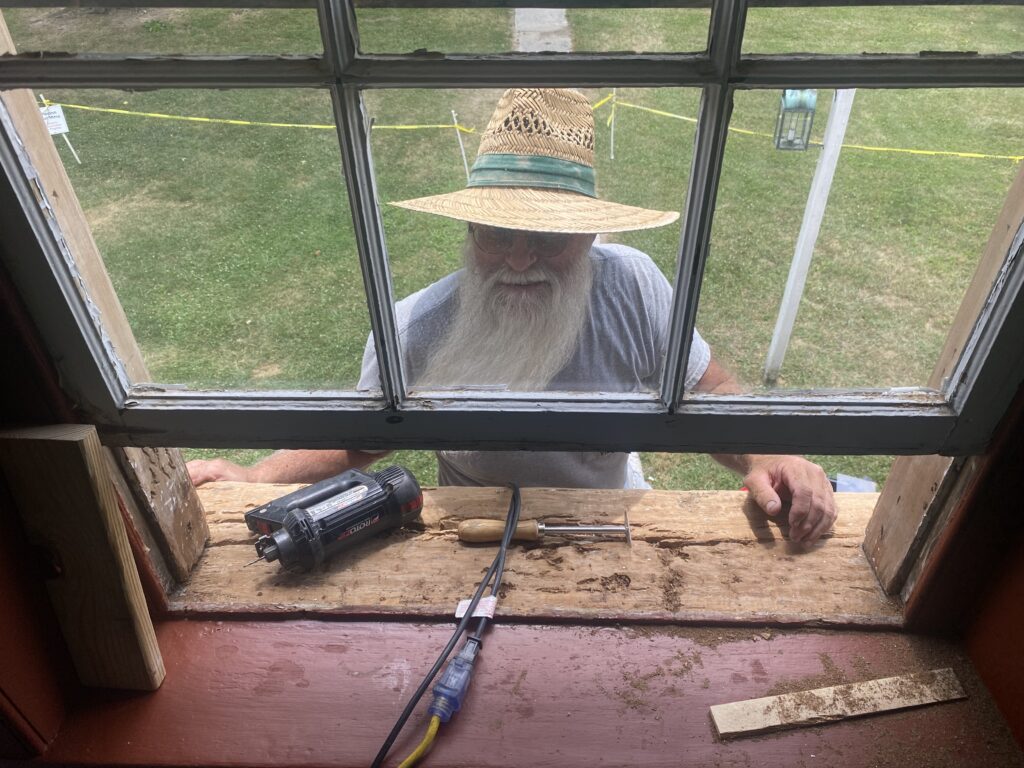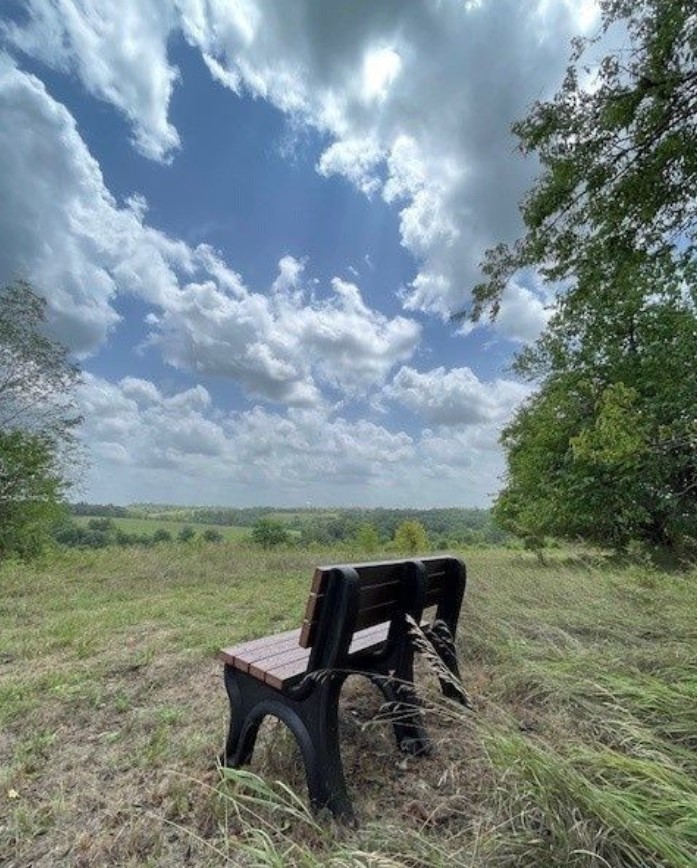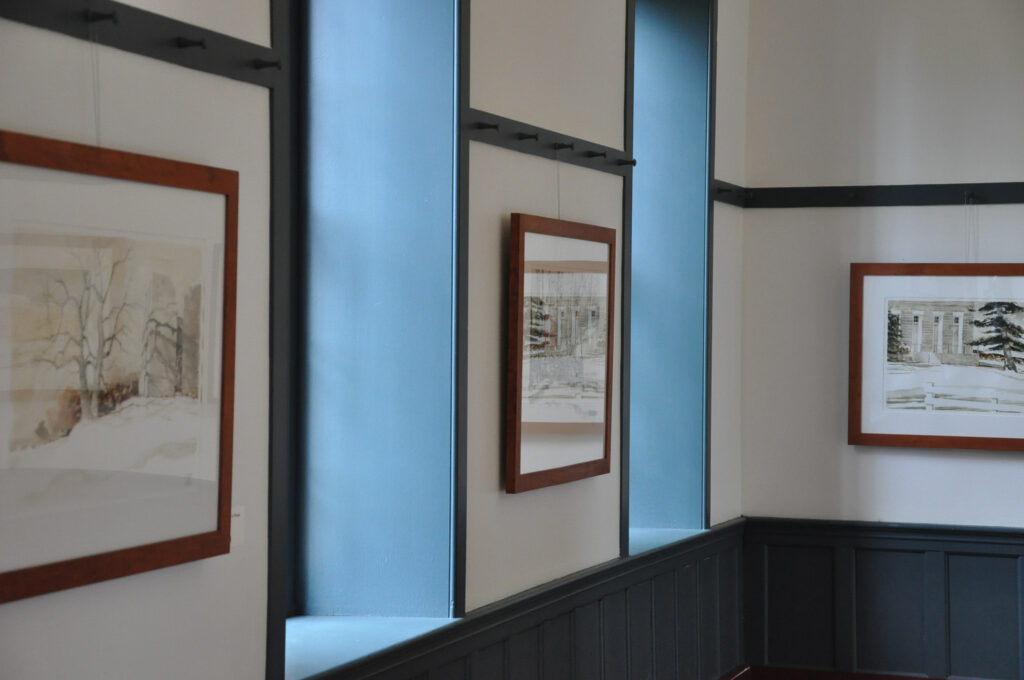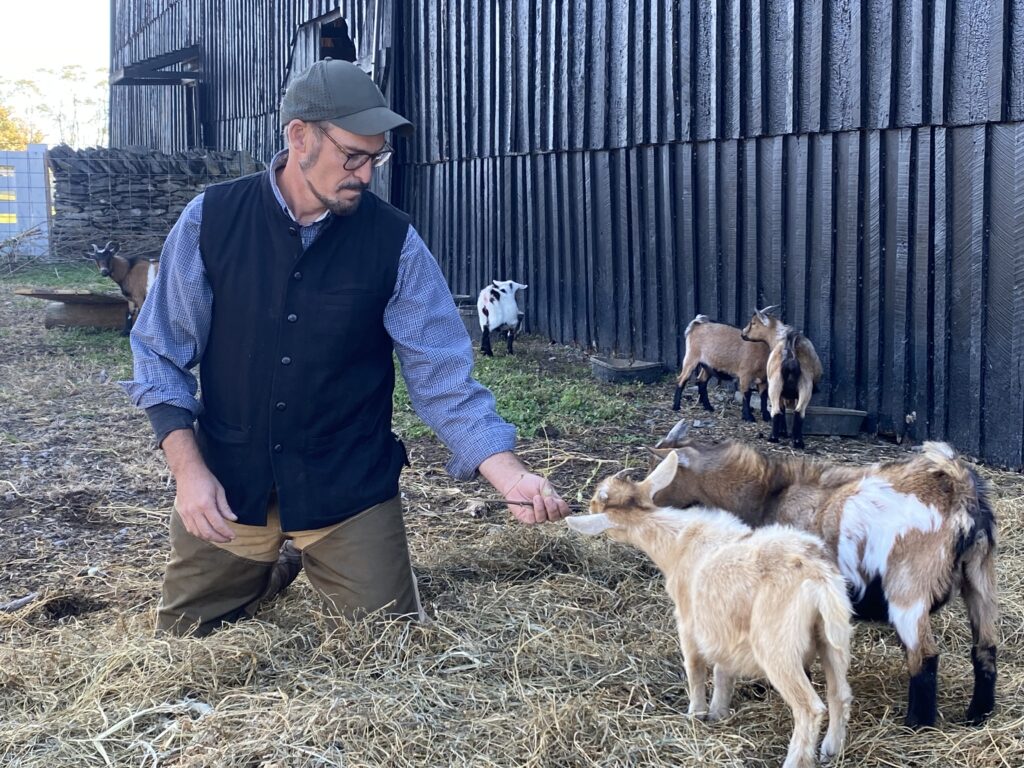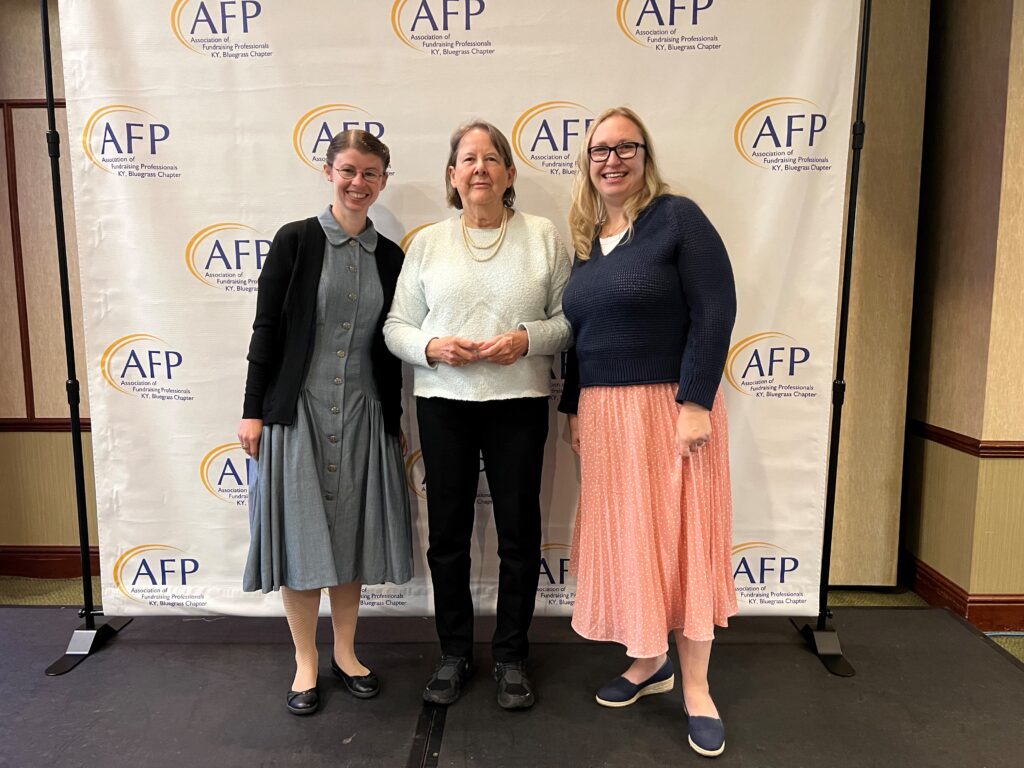Alli Bramel, Collections Specialist
National Historic Preservation Month is celebrated in May and recognizes the nation’s heritage through historic places. At Shaker Village of Pleasant Hill, we are constantly working to preserve 34 historic structures on our 3,000-acre property. To us, our buildings are seen as artifacts that are part of our permanent collection, just like the artifacts you see in our exhibits throughout the Village, and therefore it is crucial we work to maintain them for years to come.
It is fitting that National Historic Preservation Month kicks off as major rehabilitation is set to begin on one of our buildings: the East Family Wash House. Built in 1835, with an addition added in 1849, the building will be receiving needed repairs on both the building’s exterior and interior.
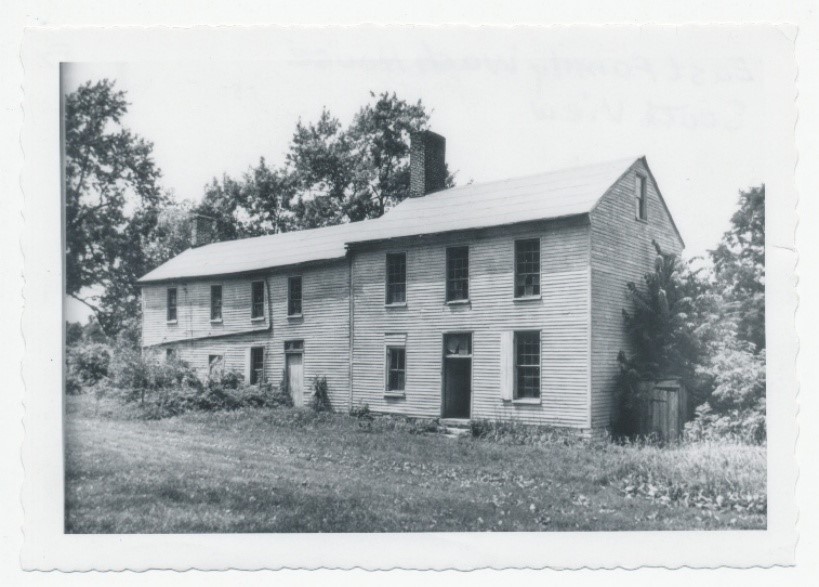
The work to be done will concentrate on repairing wood rot, weatherproofing, window repairs and addressing other mechanical issues.
Ahead of the scheduled work, we decided to look back at our photograph collection for images of the East Family Wash House when it was worked on following the establishment of Shaker Village of Pleasant Hill as a nonprofit, educational corporation in 1961.
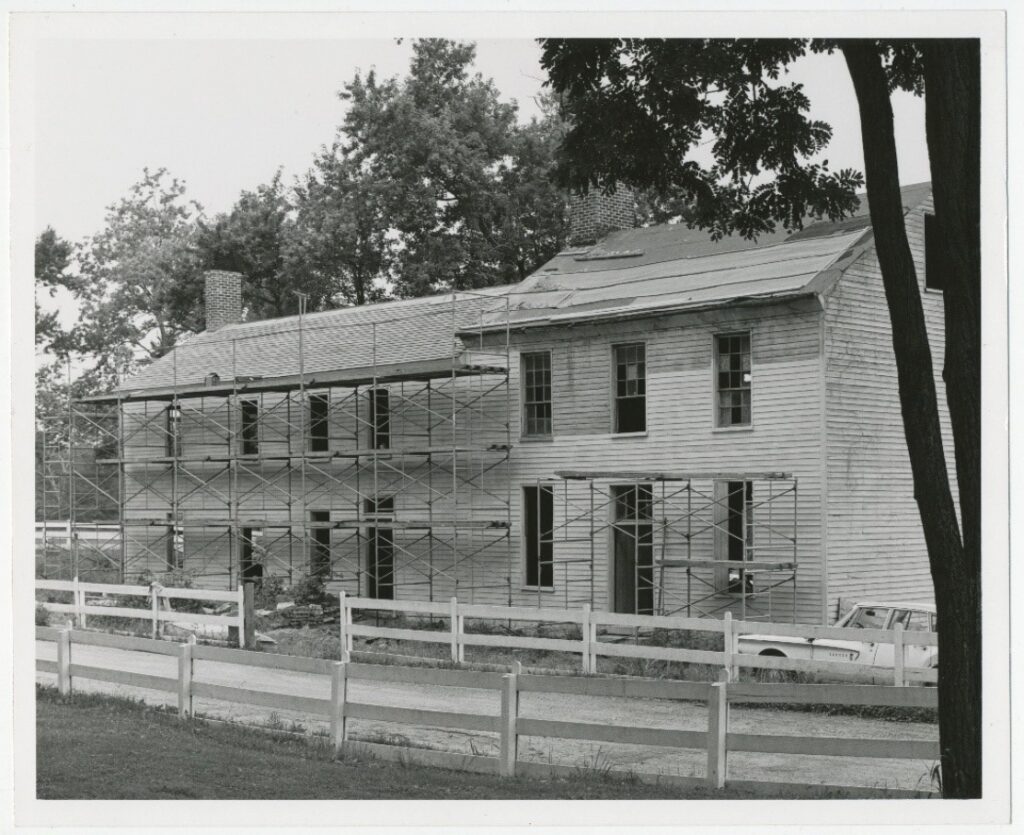
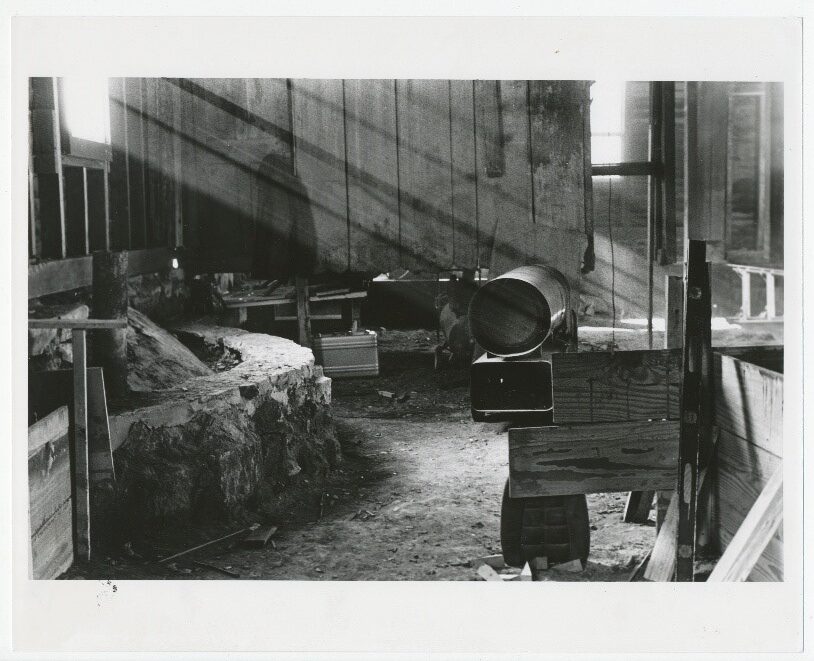
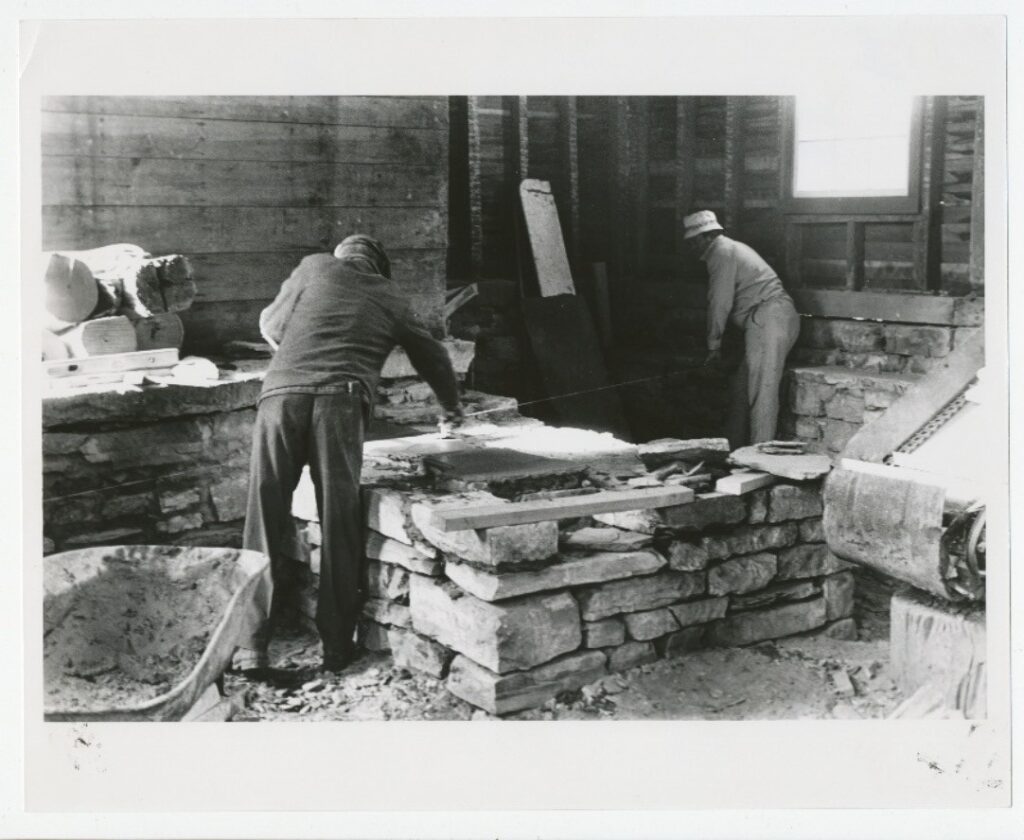
Be sure to join us for our Daily Adventure program Preservation at Work to learn more details about the work being done on the building and check back on the East Family Wash House rehabilitation work over the next few months!
Shaker Village of Pleasant Hill is a 501(c)(3) nonprofit. Approximately 40% of our operating budget is funded by contributions from private individuals and families. Please consider making a gift that supports historic preservation, conservation of the natural landscape, educational programming, sustainable agricultural and warm-spirted hospitality.
